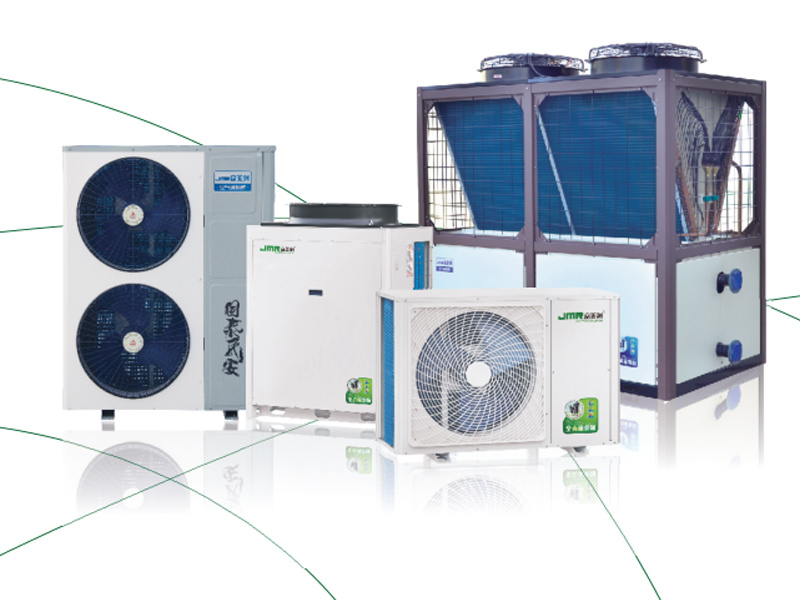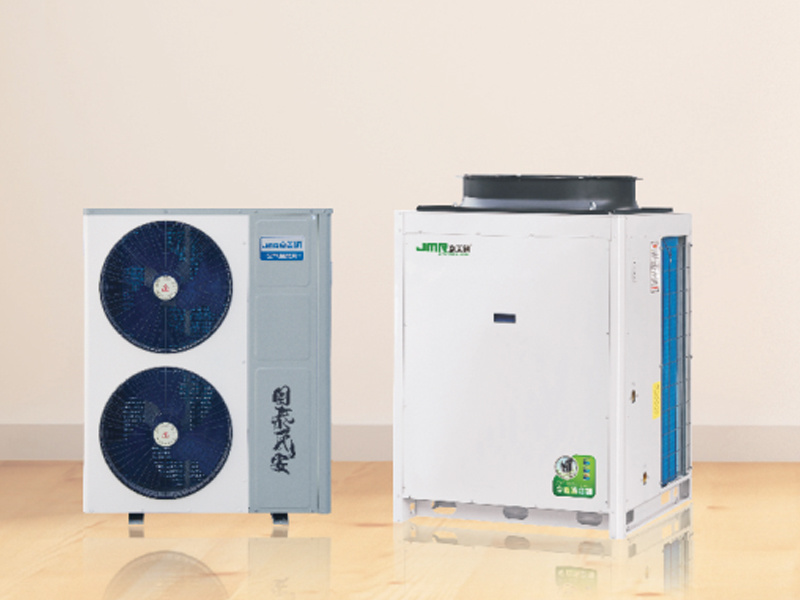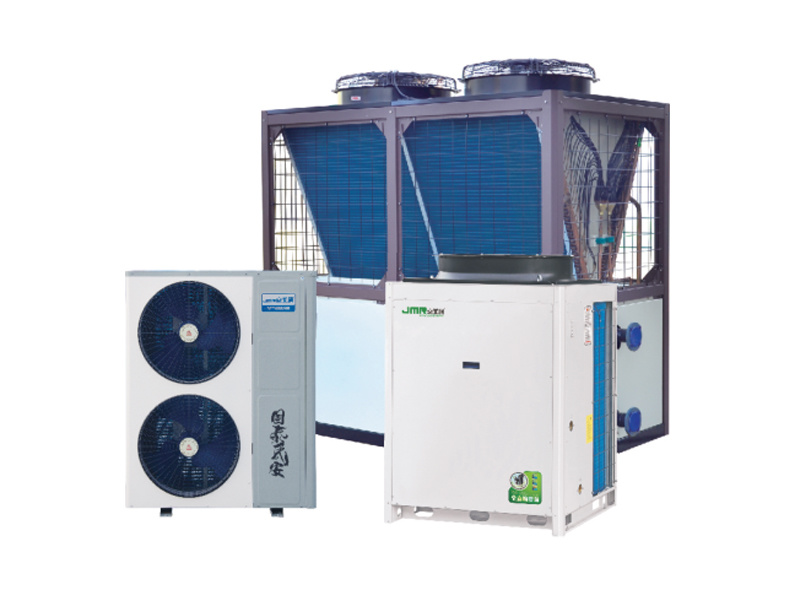Revolutionizing Home Heating: The Benefits of High Efficiency Air Source Heat Pumps
Release Time:
Jul 08,2025
Revolutionizing Home Heating: The Benefits of High Efficiency Air Source Heat Pumps Table of Contents 1. Introduction to Air Source Heat Pumps 2. What is a High Efficiency Air Source Heat Pump? 3. Benefits of High Efficiency Air Source Heat Pumps 3.1 Energy Efficiency and Cost Savings 3.2 Environmental Impact and Sustainability 3.3 Year-Round Comfort and Versatility
Revolutionizing Home Heating: The Benefits of High Efficiency Air Source Heat Pumps
Table of Contents
- 1. Introduction to Air Source Heat Pumps
- 2. What is a High Efficiency Air Source Heat Pump?
- 3. Benefits of High Efficiency Air Source Heat Pumps
- 3.1 Energy Efficiency and Cost Savings
- 3.2 Environmental Impact and Sustainability
- 3.3 Year-Round Comfort and Versatility
- 4. How Do Air Source Heat Pumps Work?
- 5. Installation Process of Air Source Heat Pumps
- 6. Maintenance Tips for Longevity
- 7. Cost Considerations and Financial Incentives
- 8. Frequently Asked Questions
- 9. Conclusion
1. Introduction to Air Source Heat Pumps
In recent years, the search for efficient, cost-effective heating solutions has led to a significant interest in **high efficiency air source heat pumps (ASHPs)**. These innovative systems utilize the ambient air to provide heating, cooling, and hot water. As technology advances and energy costs continue to rise, understanding the benefits of these systems is critical for homeowners looking to enhance comfort and reduce their environmental footprint.
2. What is a High Efficiency Air Source Heat Pump?
Air source heat pumps are heating and cooling systems that transfer thermal energy between the inside of a home and the outside air. They operate on principles similar to those of a refrigerator, using a refrigerant to absorb heat from outside air and pump it indoors.
**High efficiency air source heat pumps** stand out by offering greater energy savings and performance compared to traditional heating systems, such as furnaces or electric heaters. By harnessing renewable energy from the air, these systems can provide heating even in colder climates, making them versatile and environmentally friendly.
3. Benefits of High Efficiency Air Source Heat Pumps
3.1 Energy Efficiency and Cost Savings
One of the most compelling benefits of **high efficiency air source heat pumps** is their exceptional energy efficiency. These systems typically achieve a coefficient of performance (COP) of 3 or higher, meaning they can produce three units of heat for every unit of energy consumed. This efficiency translates into significant cost savings on energy bills over time.
Furthermore, many regions offer rebates and incentives for homeowners who install energy-efficient systems, making the initial investment more manageable.
3.2 Environmental Impact and Sustainability
As concerns about climate change and environmental sustainability grow, **high efficiency air source heat pumps** offer a greener alternative for home heating. By using air as a heat source, these systems reduce reliance on fossil fuels, thereby decreasing greenhouse gas emissions. Transitioning to an ASHP can significantly lower one's carbon footprint, contributing to a more sustainable future.
3.3 Year-Round Comfort and Versatility
High efficiency air source heat pumps are not limited to heating; they can also effectively cool homes during the warmer months. By reversing their operation, these systems provide cooling, making them a year-round solution for maintaining comfort. Their versatility makes them suitable for various climates and home designs.
4. How Do Air Source Heat Pumps Work?
Air source heat pumps operate through a simple yet effective process. The system consists of an indoor unit and an outdoor unit connected by refrigerant lines. Here's how it works:
1. **Heat Absorption:** The outdoor unit contains a coil filled with refrigerant, which absorbs heat from the outside air, even in cold temperatures.
2. **Compression:** The absorbed heat is then compressed, raising its temperature.
3. **Heat Distribution:** The heated refrigerant is circulated to the indoor unit, where it releases the heat into the home, providing warmth.
4. **Cooling Mode:** In cooling mode, the process is reversed, allowing the system to remove heat from the indoor environment, providing cool air.
This cycle provides efficient heating and cooling, maximizing comfort while minimizing energy consumption.
5. Installation Process of Air Source Heat Pumps
Installing a high efficiency air source heat pump generally involves several key steps:
1. **Assessment:** A professional will evaluate your home’s heating and cooling needs, considering factors such as size, insulation, and existing systems.
2. **Selection:** Based on the assessment, the most suitable ASHP model will be selected.
3. **Installation:** The indoor and outdoor units are installed, connecting them with refrigerant lines and electrical wiring.
4. **Testing:** Once installed, the system is tested to ensure it operates efficiently and effectively.
5. **Education:** Finally, the homeowner receives guidance on how to operate and maintain the system for optimal performance.
The installation process typically takes a few hours to a couple of days, depending on the complexity of the job.
6. Maintenance Tips for Longevity
To ensure the longevity and efficiency of your high efficiency air source heat pump, regular maintenance is essential. Here are some tips:
- **Regular Cleaning:** Keep the outdoor unit free from debris, snow, and ice. Clean or replace the air filters monthly or as needed.
- **Seasonal Checks:** Conduct seasonal inspections to ensure the system operates smoothly and efficiently. Look for signs of wear or damage.
- **Professional Servicing:** Schedule annual maintenance with a qualified technician to check refrigerant levels, inspect electrical components, and clean the coils.
Proper maintenance not only extends the life of the system but also maximizes energy efficiency.
7. Cost Considerations and Financial Incentives
The initial cost of installing a high efficiency air source heat pump can vary based on several factors, including the size of the unit, installation complexity, and geographical location. On average, homeowners can expect to spend between $3,500 and $7,500 for a complete installation.
However, the long-term savings on energy bills often outweigh the initial investment. Additionally, many states and local governments offer financial incentives, such as rebates and tax credits, to encourage the adoption of energy-efficient systems. Researching available programs can further reduce upfront costs.
8. Frequently Asked Questions
What is the lifespan of a high efficiency air source heat pump?
Typically, these systems can last between 15 to 20 years with proper maintenance.
Can air source heat pumps work in cold climates?
Yes, modern high efficiency air source heat pumps are designed to function effectively in cold temperatures, providing dependable heating year-round.
Are air source heat pumps noisy?
While they produce some noise, many newer models feature noise-reduction technology. It's essential to choose a unit that meets your noise tolerance.
Do air source heat pumps require a backup heating system?
In extremely cold climates, a backup heating system may be beneficial to ensure consistent comfort during the coldest days.
How much can I save on my energy bills?
Homeowners can save between 30% to 50% on heating and cooling costs by switching to a high efficiency air source heat pump, depending on their current system and energy rates.
9. Conclusion
High efficiency air source heat pumps represent a significant advancement in home heating technology, offering numerous benefits from energy efficiency and cost savings to environmental sustainability. By understanding their functionality and benefits, homeowners can make informed decisions that enhance comfort and contribute to a greener future. As energy demands grow and technology evolves, the adoption of air source heat pumps is poised to play a critical role in revolutionizing home heating.
Key words:
What Else Might You Learn?






